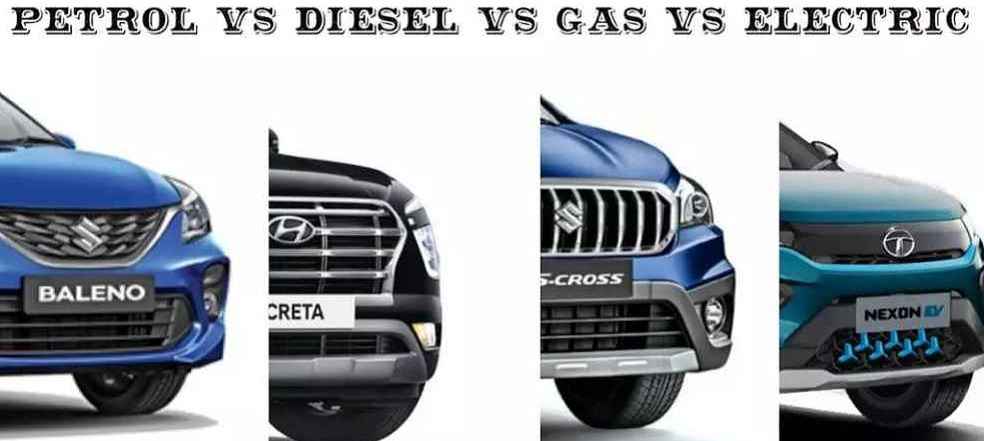As the UK government’s 2030 ban on the sale of new petrol and diesel vehicles approaches, motorists across the country are faced with the pressing question of whether to purchase a traditional internal combustion engine (ICE) vehicle or to make the switch to an electric vehicle (EV). With the ban just seven years away, potential buyers need to consider the financial, environmental, and practical implications of their decision.
Although petrol and diesel vehicles have a lower upfront cost compared to their electric counterparts, their running costs may be higher due to fuel prices, taxation, and maintenance. In the long run, the total cost of ownership for an EV is predicted to be lower, thanks to government incentives, lower fuel costs, and reduced maintenance expenses.
 As the UK continues to invest in the growth of its EV infrastructure, the number of public charging stations is expected to rapidly increase in the coming years, making electric vehicles more practical for everyday use. Additionally, advancements in battery technology have led to improved driving range, with many modern EVs capable of achieving over 200 miles on a single charge. These factors contribute to the growing appeal of electric vehicles for motorists.
As the UK continues to invest in the growth of its EV infrastructure, the number of public charging stations is expected to rapidly increase in the coming years, making electric vehicles more practical for everyday use. Additionally, advancements in battery technology have led to improved driving range, with many modern EVs capable of achieving over 200 miles on a single charge. These factors contribute to the growing appeal of electric vehicles for motorists.
Despite the clear environmental benefits of electric vehicles, petrol and diesel cars still possess some advantages. For drivers who frequently travel long distances, the current charging infrastructure may not be sufficient to meet their needs. Additionally, those living in rural areas may find that charging stations are few and far between, making the transition to electric vehicles more challenging.
 To support a smooth transition to a zero-emission future, the UK government has implemented various schemes to encourage EV adoption. This includes grants for the purchase of electric vehicles and the installation of home charging points, as well as reduced road tax for low-emission vehicles. These incentives aim to make electric vehicles more financially appealing to potential buyers.
To support a smooth transition to a zero-emission future, the UK government has implemented various schemes to encourage EV adoption. This includes grants for the purchase of electric vehicles and the installation of home charging points, as well as reduced road tax for low-emission vehicles. These incentives aim to make electric vehicles more financially appealing to potential buyers.
Taking all factors into consideration, it is important for potential buyers to carefully evaluate their specific needs and requirements before making a decision. While the future of the automotive industry is undoubtedly electric, the choice to invest in an ICE vehicle or an EV ultimately depends on the individual’s driving habits, budget, and access to charging infrastructure. By thoroughly examining their options, motorists can make an informed decision that best suits their circumstances and contributes to a greener future for all





